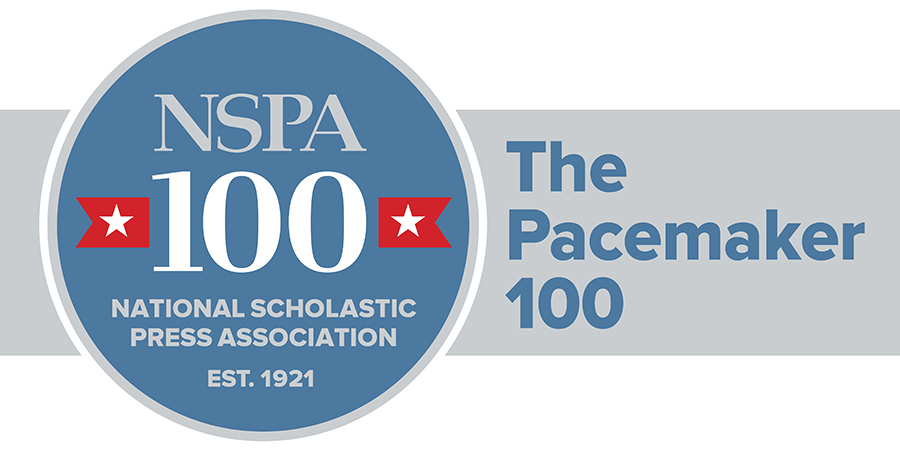Read my lips: do not leave native languages behind
Should elementary schools mandate a learning a second language? How does the American language education system compare to other countries?
November 27, 2016
There is no doubt in my mind that learning another language is a crucial part of a child’s education. Learning a second language opens up countless doors throughout one’s life. It also makes it possible to communicate with billions of people from different countries and different cultures.
It is normal for children in European countries to start learning a second language, typically English, at around age 6. They continue studying the language until they are proficient, usually around their teenage years. In the United States, children start to learn a second language when they enter junior high at age 11. The United States never followed the lead of the European countries requirements toward language education, but should we have?
Learning a second language is very challenging, especially if your primary language has no correlation to the language you are trying to learn. The age of when you start developing your second language skill plays a major role in the success of becoming fluent.
There is a certain age factor that needs to be accounted for.
A study of 17,000 British children learning French showed that children who “started learning at the age of 11 performed better at second language proficiency tests, compared to those that had started at around 8 years of age.” The goal of learning a second language is to be able to speak it fluently. What’s the point of starting kids early if their cognitive abilities aren’t where they need to be in order to learn successfully?
In Europe, the second language they typically start to learn at an early age is English. The reason they start to learn English is because English is deemed “the language of business”. English is used as a common language among different language speaking countries.
According to the Department of Education, “9.1 percent of U.S born students are not proficient in English” and 4.7 percent of kids enrolled in a United States K-12 grade program are not proficient in English.
We are fortunate enough to be fluent in the most spoken language in the world. Compared to the European countries, we have one less requirement we must work to obtain. Even though we can speak English fluently, 9.1 percent of our youth are not proficient. We should not pile these kids with the stress of learning a second language if they are already struggling to learn one. I believe that the U.S should help kids become more proficient in the language they already speak then add the stress of learning a completely foreign language.
Although learning a second language is a crucial part of educating modern kids, there is still some factors that need to be accounted for on the age they should start learning. Studies have proven that age is a crucial role in when to start learning. Those studies have shown that teenagers seem to be more effective in becoming proficient in that language. Also, we must focus on having the youth become proficient in the language they already speak, then piling on more work and stress with learning a second language.












